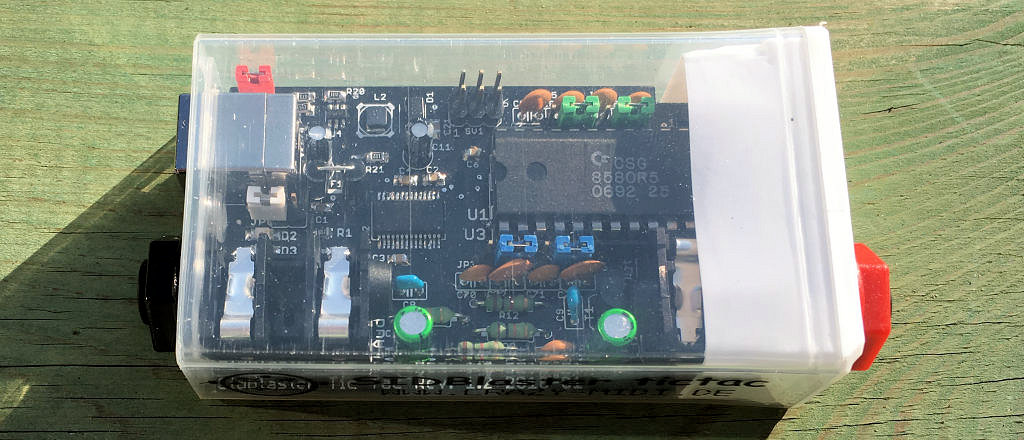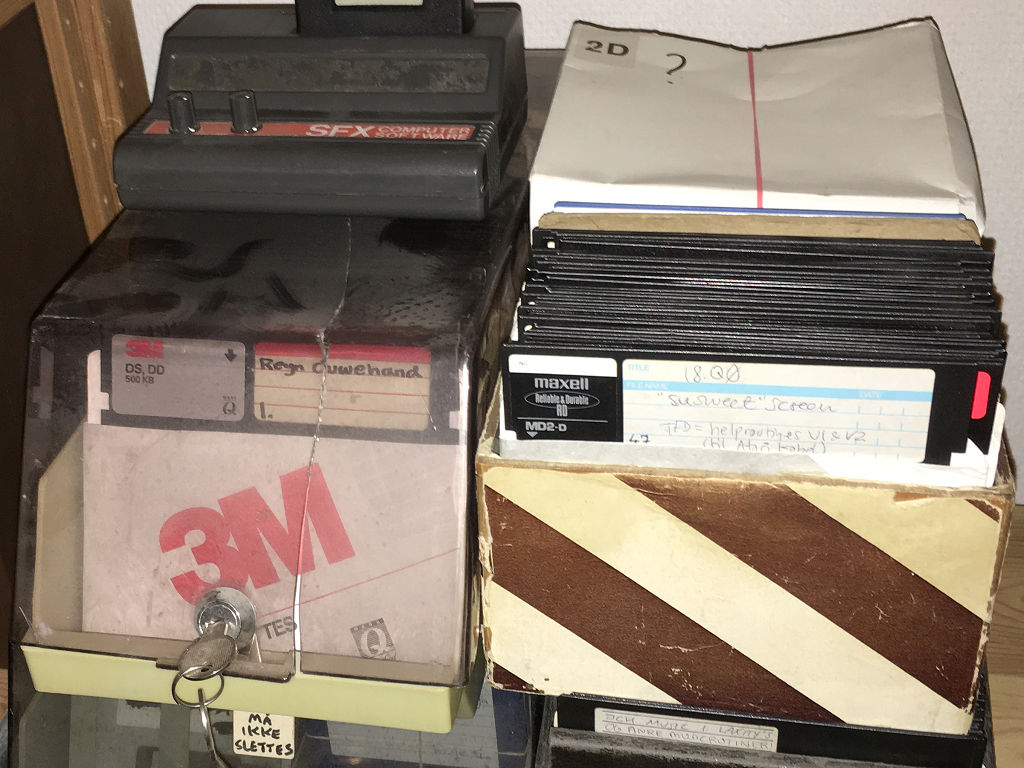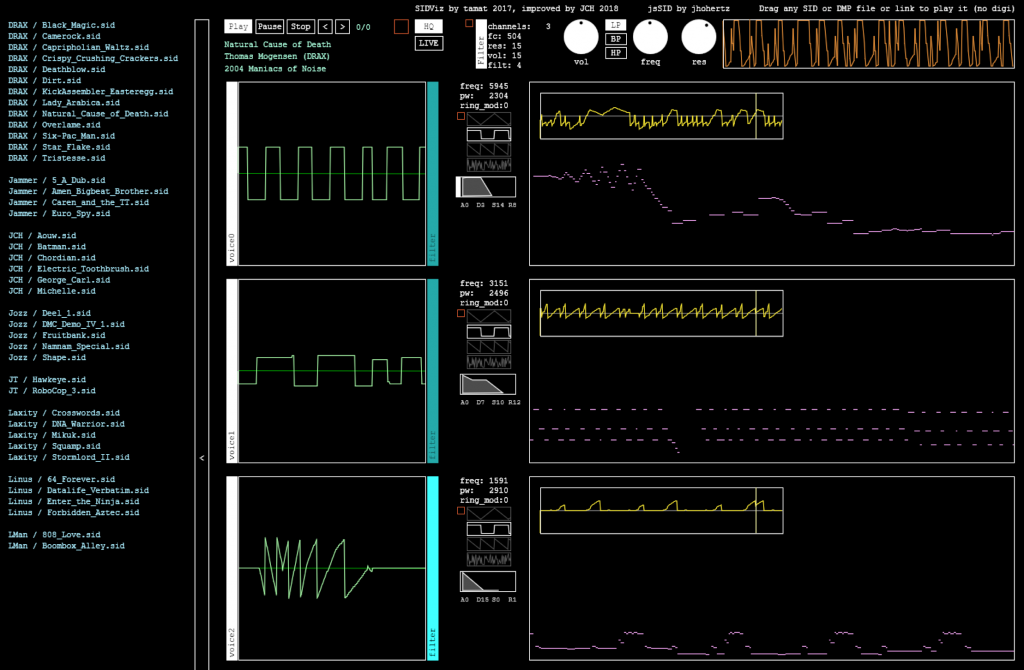Read more “SidBlaster Tic Tac”After composing a few tunes in GoatTracker and CheeseCutter, both editors that use the reSID emulator in Windows, I thought it might be prudent to test them on the real deal. Stein Pedersen (of Prosonix fame) then recommended the SidBlaster, a small device that can be equipped with a real SID chip.
The device is connected to the USB port of the PC and supports the HardSID DLL standard. This makes it compatible with the classic SidPlay, ACID 64 Player Pro, GoatTracker, VICE, and more.
I got in contact with the creator of the Tic Tac design, Andreas Schumm, on Facebook. He created and sent me the device for 83€ via PayPal. I had mentioned that I intended to use it with an 8580 SID chip and all of its jumpers were already set accordingly when I received it. It was also encapsulated in a Tic Tac box.
Earlier that day, I had also received the 8580 SID chip which I had bought on eBay for 33€. I took the device out of the Tic Tac box and put the chip into the socket. On the GitHub page for the device, there was a document about how to set jumpers, how to connect, and various other practical information.
One of the caveats in that document was that I should avoid using USB hubs as they could be trouble. I first tried connecting the device to a USB port on the front edge side of my PC cabinet, but this didn’t work. I had to use a USB port on the back of the PC before it was detected properly. I guess the front edge line of USB ports is actually regarded as sort of an internal USB hub.






